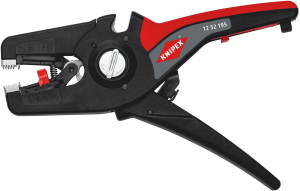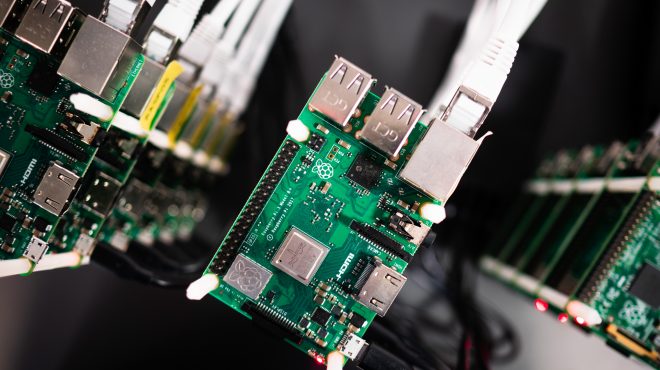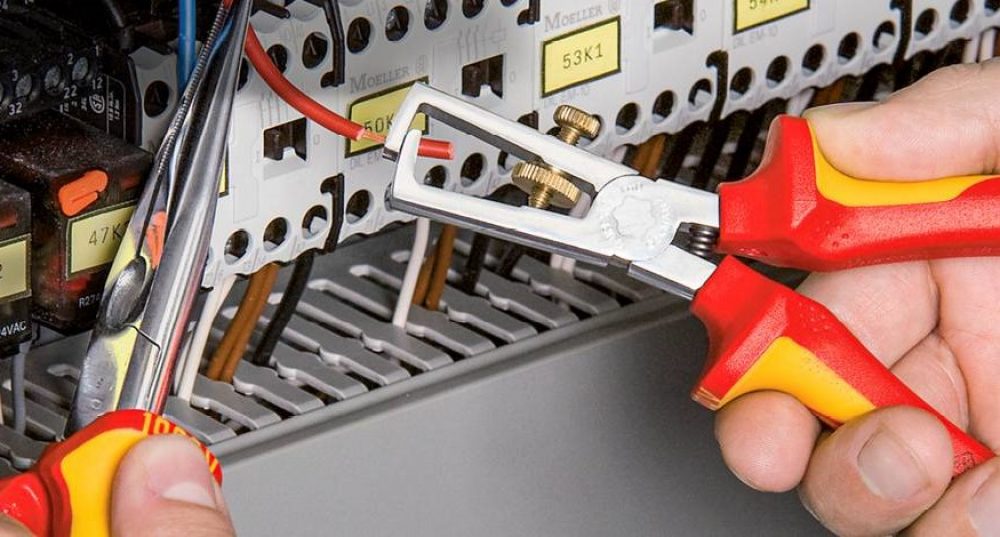
Stripping Cables – Professional Tips for easy Stripping
In electrical engineering,stripping cables is a basic skill that every electrician must master. But for many, it can become a challenge. Here are some pro tips to make cable stripping and wire stripping easier and achieve a professional result.
What does stripping mean?
Stripping refers to the process of removing insulation from a wire or cable to expose the metal underneath. This is necessary to make a connection or allow electrical current to flow. Stripping involves removing the insulation layer from each conductor to expose the underlying wire. This is usually done at the ends of the cable to make a connection or connect a device.
Cable stripping made easy: the right tool
Successfully stripping cables requires not only a certain degree of precision and experience, but also the right tool. Because without suitable stripping tools, damage to the inner conductors can quickly occur or the result is uneven and unclean. If the wrong tool is used, it can lead to stripping of the strands. As a result, the cross-section is reduced, which can lead to contact resistances or even cable fires.
But which tools are actually recommended for stripping cables? The selection is large and ranges from simple hand tools such as stripping pliers to automatic stripping machines.
The most important factor in choosing the right tool is the requirement for the cable itself. Depending on the size, material and insulation of the cable, you need a special tool to achieve the best result. In addition, you should make sure that the tool offers good handling and is ergonomically shaped to allow a comfortable posture even during longer work. With the right tool, nothing stands in the way of successful cable stripping and stripping.
Stripping pliers
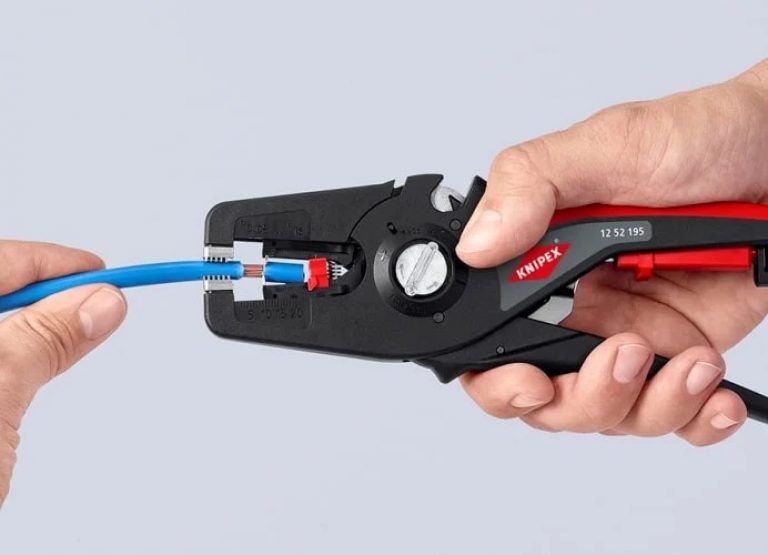
Stripping pliers are the classic tool for stripping cables. Basically, a distinction is made between mechanical and automatic stripping pliers.
With mechanical pliers, only one diameter can be set manually at a time. If you want to process different cross-sections in succession, the diameter must be adjusted again and again. With automatic strippers, on the other hand, different diameters and cross-sections can be processed. Here, the blade of the pliers first cuts into the insulation with an exact fit and then pulls it off. This also prevents damage to the inner conductors and enables safe and fast work.
Stripping pliers are suitable for a specific cross-section range. As a rule, this is between 0.2 mm² and 15 mm². The selection of the right wire stripper depends on the type of cable. For particularly fine wires or flat cables, specially designed pliers should be selected. It is also advantageous to have full insulation.
Stripping knife
Stripping knives require greater care and physical effort. On the one hand, the risk of injury is higher, and on the other hand, you must not cut too deeply into the insulation to avoid damaging the inner conductors. An integrated set screw provides greater safety here. The set screw helps to adjust the correct blade depth to prevent cutting too deep.
Stripping knives are particularly suitable for stripping multiple cables or particularly thick cables such as underground cables.
Cable stripper
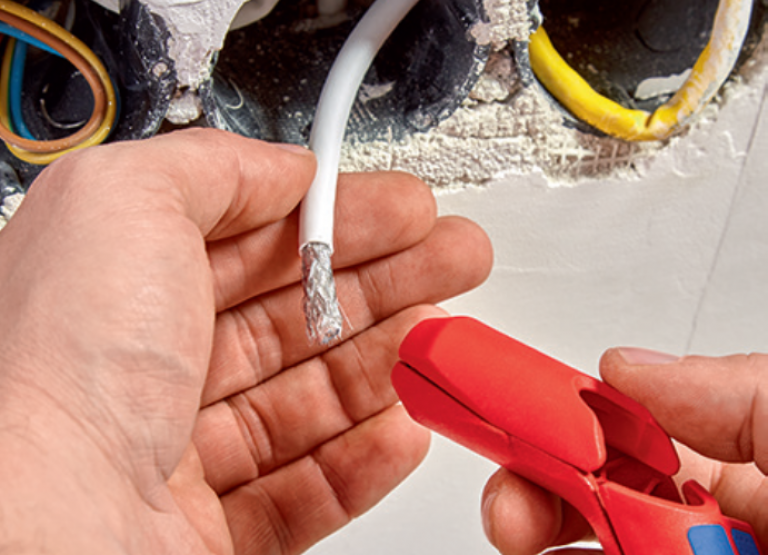
Cable strippers are particularly suitable for hard-to-reach places, for example in a flush-mounted box. The cable is placed in the cable stripper and closed. By turning, the sheath is cut all around and can be pulled off.
In addition to a cable stripper for round cuts, there are also strippers for round and longitudinal cuts. These are particularly suitable for longer stripping distances. In this case, it may be difficult or impossible to strip off the sheath after a circular cut. In combination with a longitudinal cut, the jacket can be stripped more quickly and without force.
Getting a firm grip on all types of cable with KNIPEX
The KNIPEX PreciStrip 16 is a universal stripping tool that is suitable not only for fine cables, but also for solid and flexible cables. Due to the parabolic blades, it is possible to first separate the insulation from fine-stranded, but also solid round cables and then automatically strip them backwards.
The PreciStrip covers a capacity range from 0.08 to 16 mm² as well as a wide range of cross sections. This makes it a universal stripping tool.
Due to a fine adjustment function, the pliers automatically strip insulation in their capacity range, even with special insulation materials such as particularly soft ones or when working in extreme heat or cold. For this purpose, the application range can be flexibly adjusted using an adjustment wheel with tactile detent positions.
